How to dress for skiing
We explain exactly what items of clothing you need for skiing to stay comfortable and have a great time, plus what to look for in each garment and our top picks for ski clothing
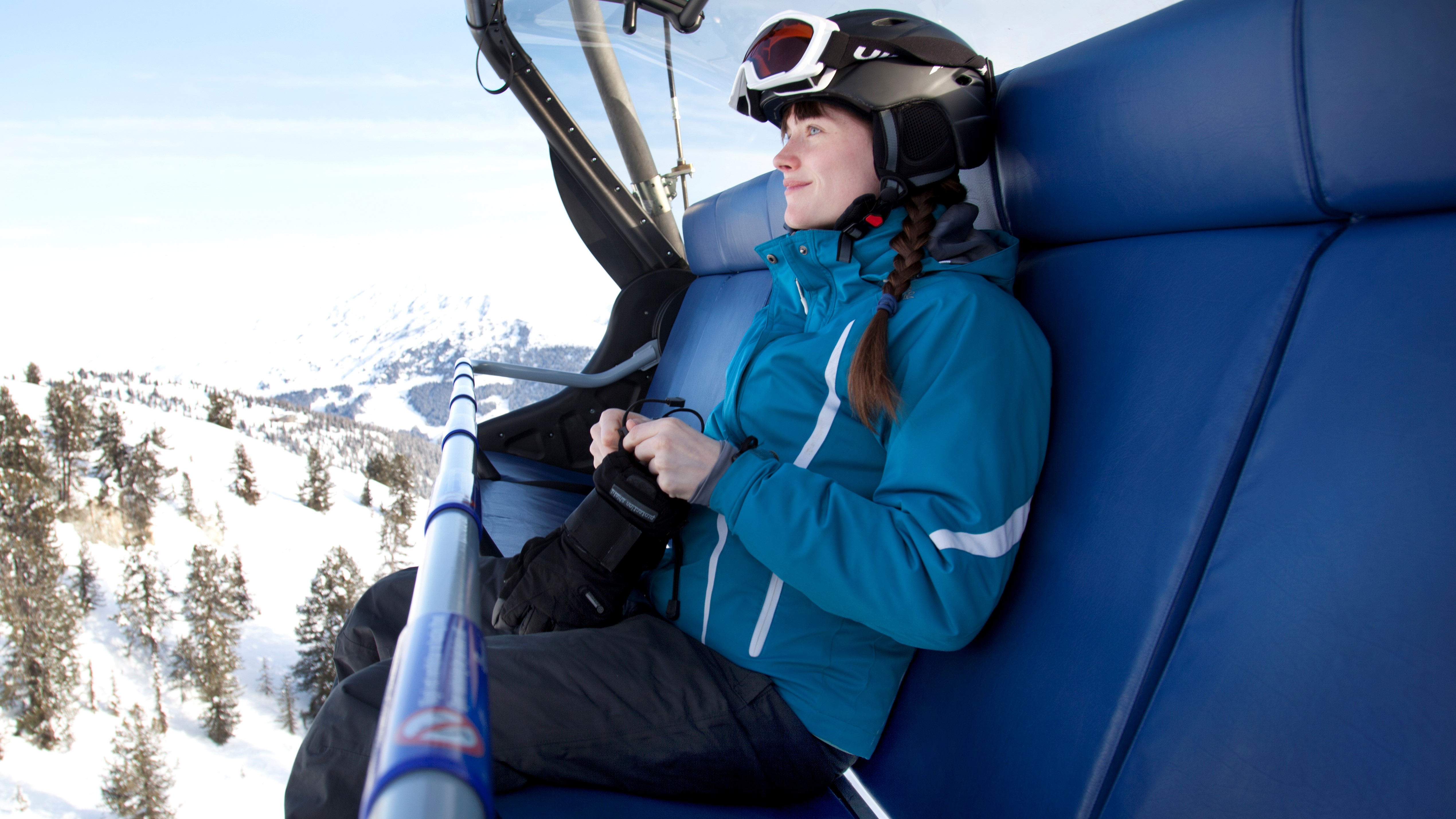
Are you planning on trying some downhill adventures this winter and wondering how to dress for skiing? If so, you’re certainly not alone. There is a distinct science to dressing for skiing – you need to ensure that you stay warm enough to be protected against conditions like frostbite and hypothermia but you also want to be able to cool off if the sun is out or the powder is deep since skiing can be sweaty work. You need clothing that works with ski boots and gives you enough room to make turns and get on and off chairlifts. And if all this is sounding like you can just throw on a winter jacket over some stretchy workout gear, don’t forget that you’ll also need protection from the wind and snow.
Chances are, you won’t have everything you need for skiing just lying around in your closet, and if you try to wing it, you might not make it past the first run. In this article, we explain exactly what items of clothing you need for skiing to stay comfortable and have a great time, plus what to look for in each garment and our top picks for ski clothing.
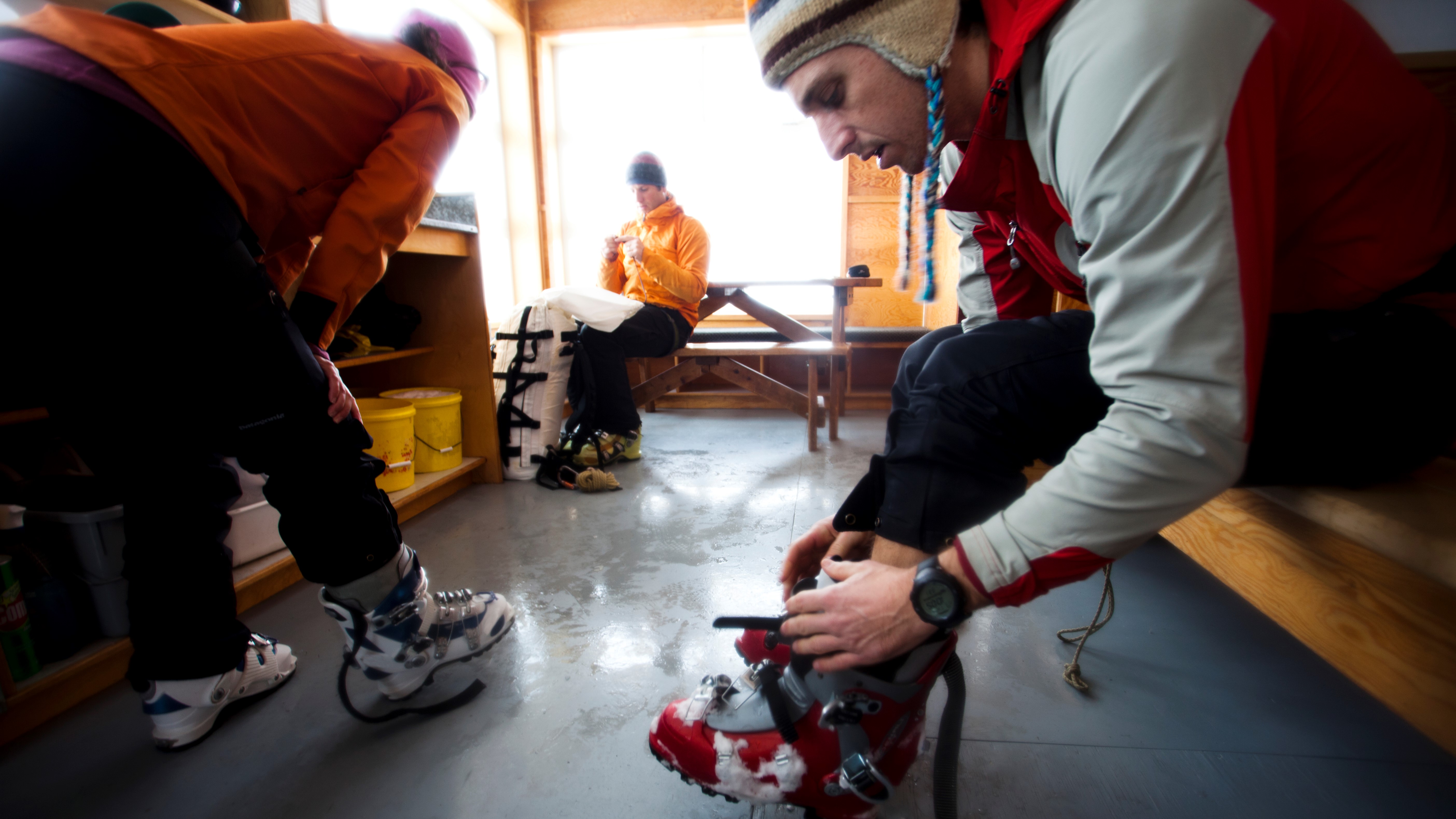
Base layer
For skiing in all conditions, you’ll want to layer closest to your skin to be moisture-wicking and breathable (this counts for your sports bra, too!). Look for a long-sleeved, high neck and close-fitting base layer preferably made using merino wool such as the Smartwool Intraknit Merino 200 Crew. This will provide warmth and remove sweat if you get warm – turning and getting up after falling on skis can be hard work when you're new to skiing and you don’t want to get damp.
Mid layer
In the classic layering system, you wear an insulating mid layer such as a light fleece jacket over your base layer, and on very cold days or more humid conditions, this is recommended for skiing. Look for something lightweight, stretchy and ideally without a hood such as the Mammut Innominata Light ML, since multiple hoods can get annoying when you’re layering. For fair-weather skiing and in more arid climates, a mid layer may not be necessary if your ski jacket is warm enough.
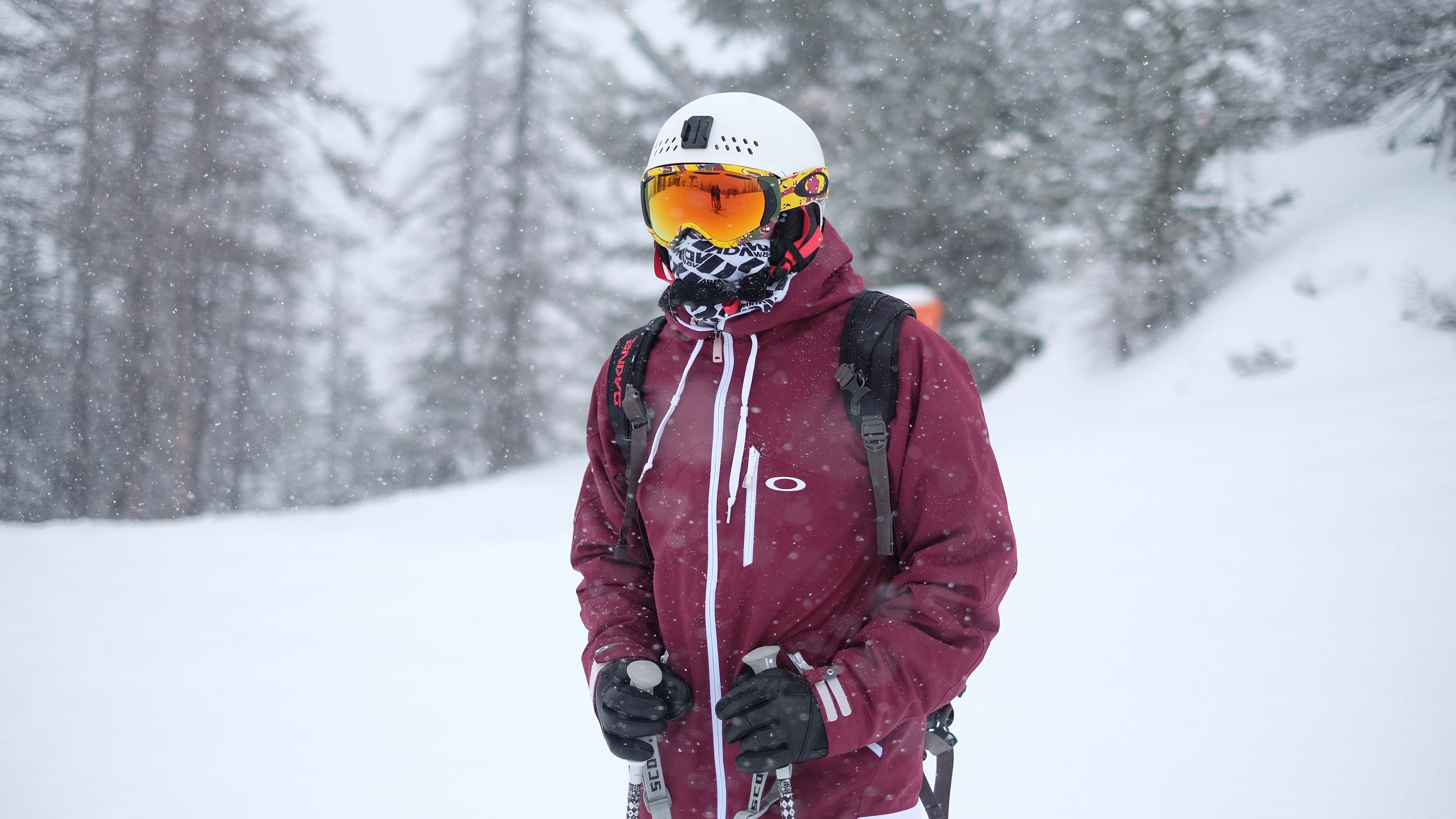
Ski jacket
Don’t just wear any old warm jacket you have for winter days – you’ll want a well-fitting ski jacket that provides both water and wind-resistance, insulation and big pockets for everything you want to carry with you, since a backpack is just a hassle on the chairlift. Read our article on the differences between shell vs insulated ski jackets to figure out which is best for the conditions you’ll be skiing in and check out our pick of the best women’s ski jackets around.
Ski pants
When you’re new to skiing, you might just want to wear rain pants over your jeans, leggings or sweatpants, but while this will keep you dry, it won’t give you as much insulation as a good pair of ski pants. A pair of well-fitting ski pants are insulated and provide enough protection against the cold in most conditions, but enough room to wear a pair of (moisture-wicking) long johns underneath for really arctic temperatures. They’ll offer enough room to move and fit over your ski boots with thigh venting zips for sunny days. We give the Columbia Kick Turner women’s ski pants five stars for their performance on the hill.
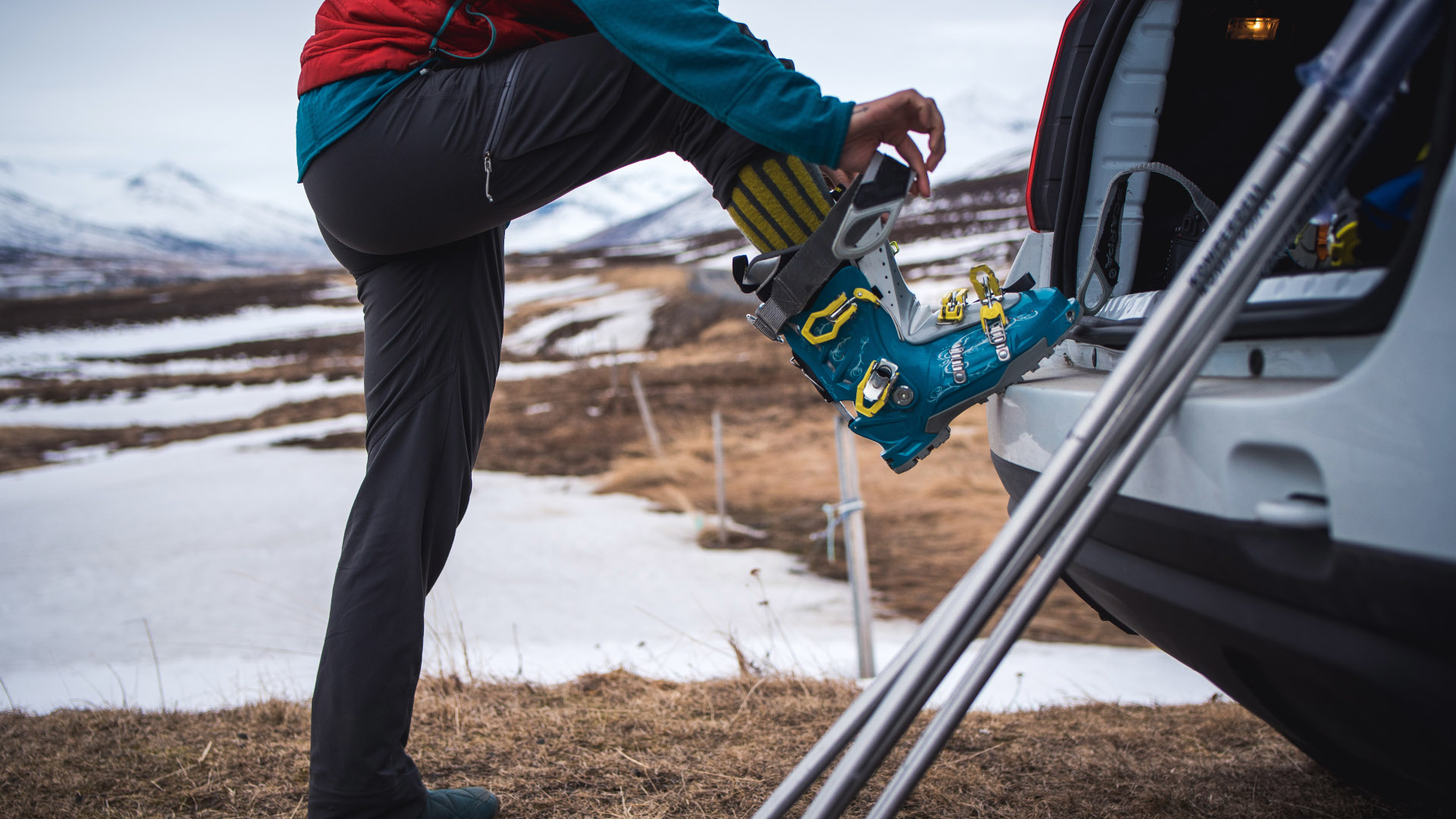
Ski socks
Part of the reason that you may not need to wear long johns under your ski pants is that your ski socks will cover your legs all the way up your knee. Don’t be tempted to just wear a long pair of old gym socks. For skiing, you need sweat-wicking properties, protection against the cold and padding to protect you from rubbing and bruising from your ski boots. That basically means merino wool, wool blend or synthetic ski socks (skip the cotton) like the Icebreaker Merino Ski+ or Falke SK2 ski socks.
Advnture Newsletter
All the latest inspiration, tips and guides to help you plan your next Advnture!
Ski goggles
Ditch the sunglasses (or keep them in your pocket for apres) and get the protection your eyes need from a pair of ski goggles. Ski goggles come in different colors that are better suited for different light conditions (basically, the sunnier the conditions, the darker the goggle you'll need) so read up on how to choose ski goggles and look for those with vents so they don't fog up on you.
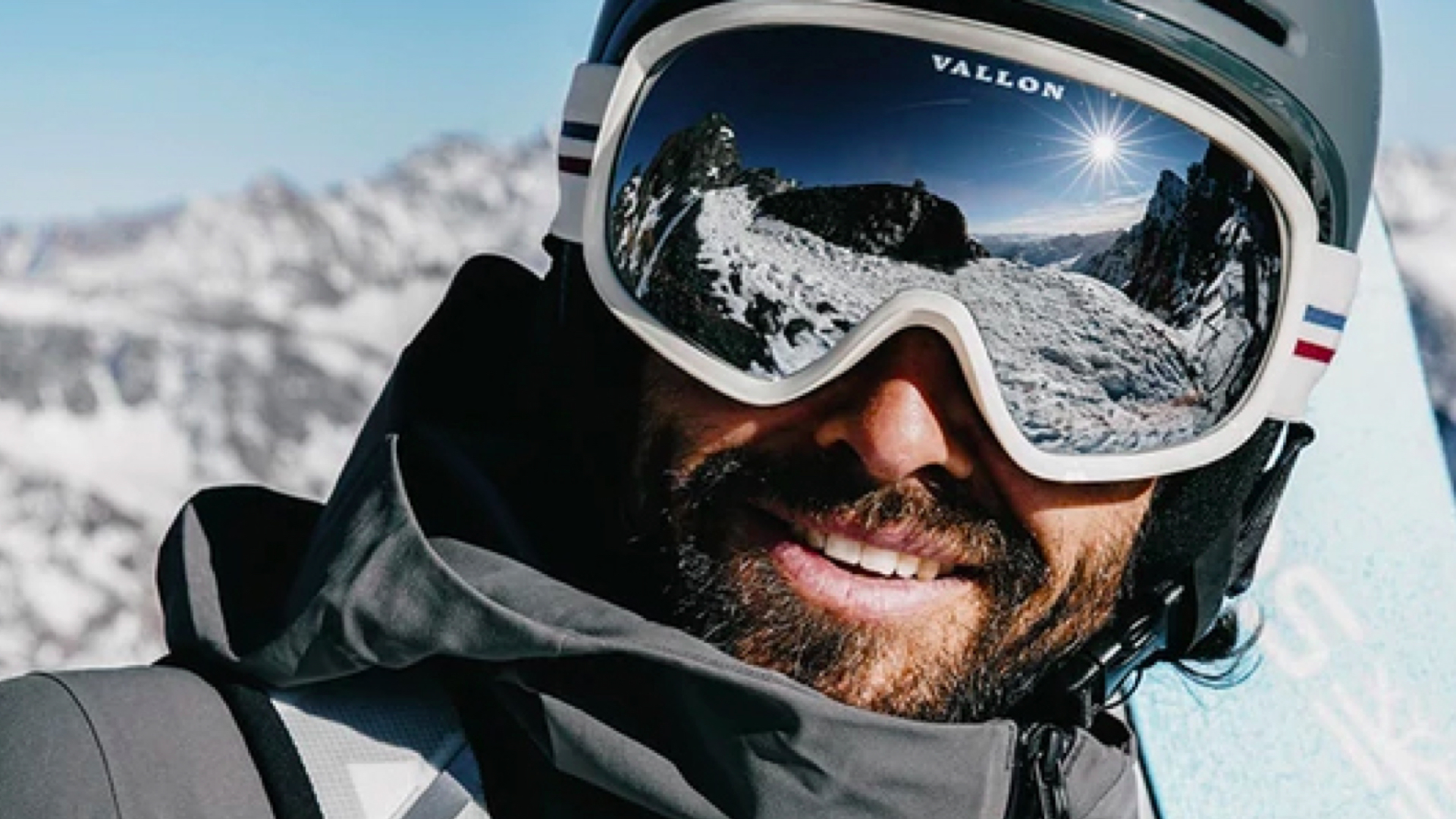
Ski mask or neck gaiter
Your ski goggles will cover the majority of your face when you’re skiing, but on a cold, windy day, you might find the lower half of your face needs more protection than just zipping up your ski jacket can provide. Some people like to wear a ski mask for the best protection, while others prefer a neck gaiter that can be pulled up – find something made from a breathable and quick drying fabric, because your exhales can make it soggy, and don’t be tempted to tuck it into your goggles as this might cause them to fog up.
Ski gloves
Once you’re dressed, you’ll want to pull on your ski gloves before you pick up your skis and poles and head for the chairlift. The best ski gloves are sturdy enough to hold up against sharp ski edges but provide enough dexterity to unfasten your boot buckles on the chair so you can wiggle your toes for circulation. They’ll obviously be insulated and have a moisture-wicking inner, and you’ll want a wind-resistant outer and either waterproof or water-resistant shell depending on how wet the conditions are. We love the Black Diamond Recon gloves for seriously cold and wet conditions, and the Rab Khroma Tour Infinium gloves if it’s not too wet out.
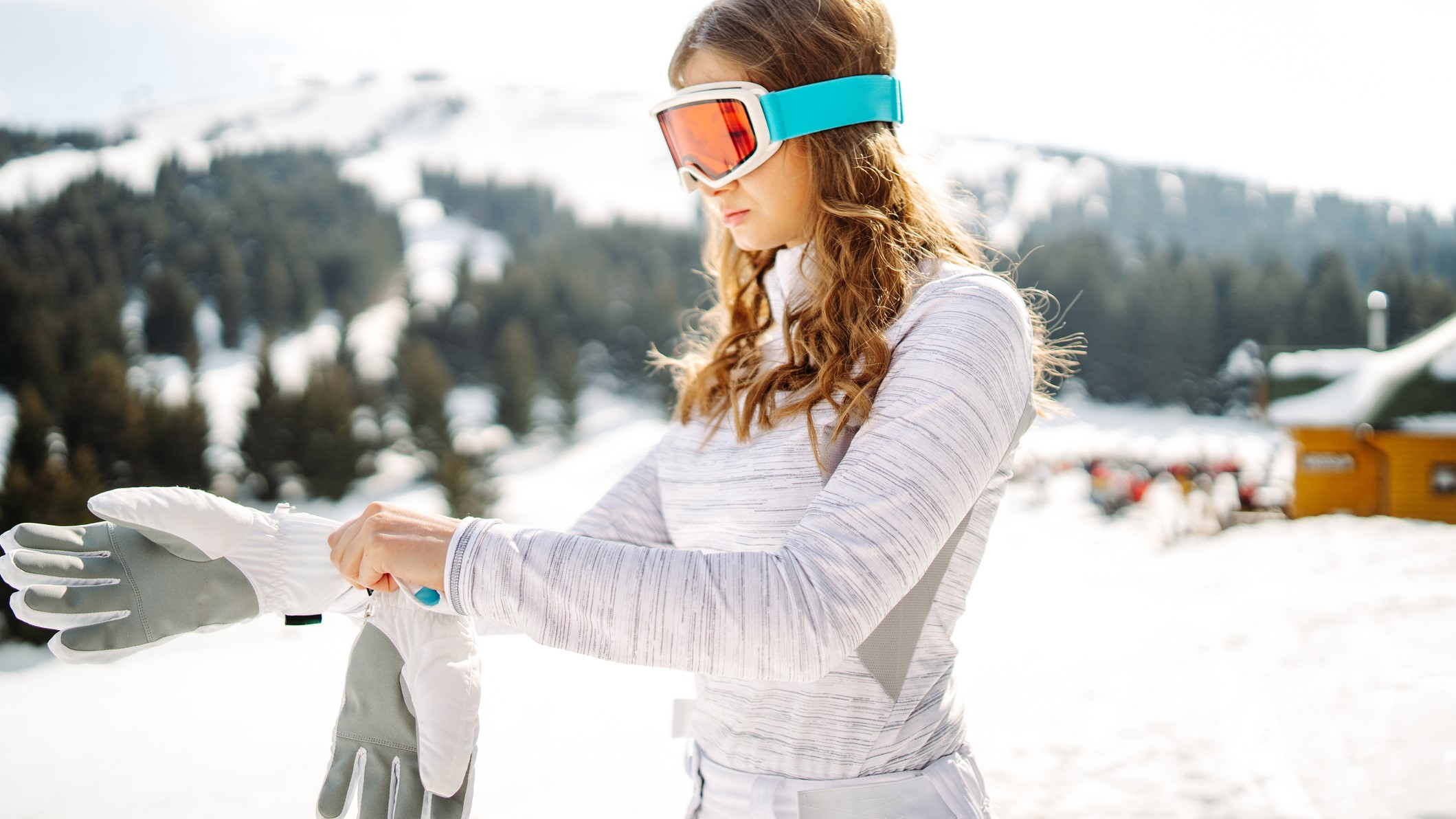
Beanie or headband
Now, for actual skiing, you should definitely be wearing a ski helmet for safety, and this will provide all the insulation your head and ears need, but you’ll probably want to take it off if you stop for a break since they're quite heavy, and then it’s a good idea to have a beanie or a warm headband like the Patagonia Powder Town stashed in your pocket.
Julia Clarke is a staff writer for Advnture.com and the author of the book Restorative Yoga for Beginners. She loves to explore mountains on foot, bike, skis and belay and then recover on the the yoga mat. Julia graduated with a degree in journalism in 2004 and spent eight years working as a radio presenter in Kansas City, Vermont, Boston and New York City before discovering the joys of the Rocky Mountains. She then detoured west to Colorado and enjoyed 11 years teaching yoga in Vail before returning to her hometown of Glasgow, Scotland in 2020 to focus on family and writing.

